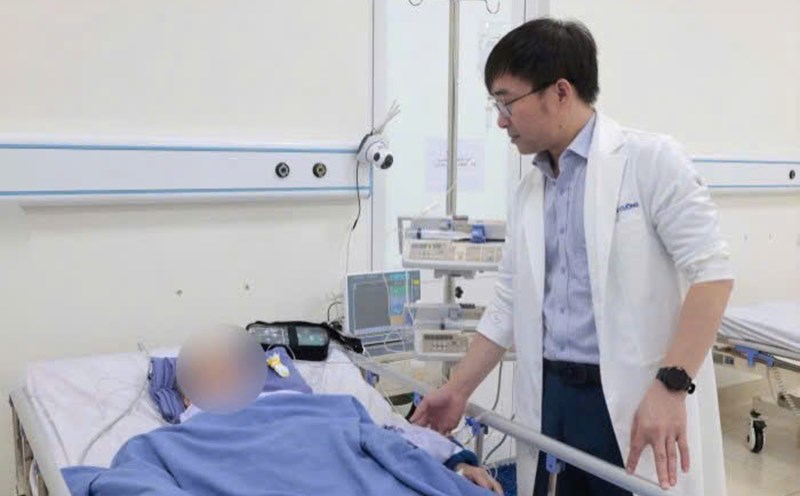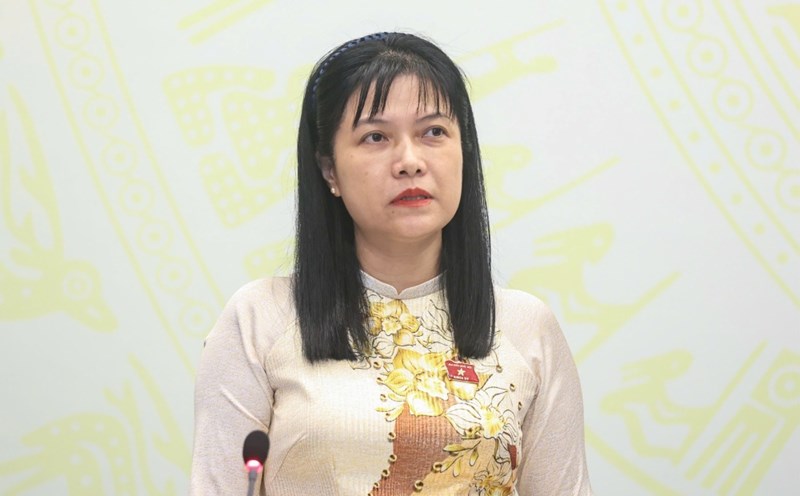A year ago, N.N.N (12 years old in Phu Tho) had an accident and broke her left thigh neck. Despite undergoing bone and stool joint surgery at a central hospital, after 6 months, the child's condition became worse: exercising on a weekly basis, scoliosis, and two legs clearly crooked, making it a challenge to go to school or play.
When taken to Vinmec Times City International General Hospital, doctors found this to be a rare and very complicated case. At the age of 12, the child's bones are still developing strongly but the calf cavity has been largely perished, causing severe physical deviation and scoliosis. If not intervened early, the spine can be permanently deformed.
The world medical literature has only recorded two cases of total hip replacement for children aged 10 and 11. In Vietnam, this is the first case. The challenge of the surgery lies in the small size of bones, incomplete bone systems and the risk of loose joints or deviation in the length of both legs as the child grows up. Any deviation, even a few millimeters, can affect lifelong mobility, said Dr. Pham Trung Hieu, Head of the Department of Adrenal and Pstular Surgery, Vinmec Times City Center for Orthopedic Trauma & Sports Medicine.
Before the surgery, doctors at Vinmec Times City International General Hospital simulated the entire structure of the hip gland using 3D technology, made a digital plan and designed a PSI (Patient Specific instrument) localization device for pediatric patients. Each cutting line, each side of the mortar and bone neck are accurately calculated to the smallest deviation.
We used 3D images and motion sensors to identify muscle weakness, thereby building our own recovery path. The goal is not only to help children walk, but also to walk naturally and as balanced as possible, shared Dr. Nguyen Van Vi - Head of the Department of Rehabilitation & Sports Medicine of Vinmec Times City.
Thanks to careful preparation and interdisciplinary coordination, the total hip replacement surgery was successful. Just 24 hours after surgery, the patient was able to sit up and do the walking with the support frame on his own. The pain stage is reduced to 2 points - a very low level for a major surgery.
Two months after surgery, the child walked normally, had a balanced figure, and was no longer crooked. Mobilization sensors record motor function at more than 90% compared to healthy people.
With the application of personalized 3D printing and PSI technology, along with advanced recovery methods, the child has regained her full childhood and opened up new opportunities for children with severe hip injury.
This is the first complete hip joint replacement in Vietnam for a 12-year-old child - marking an important step forward in precision medicine in the field of pediatric Orthopedic trauma.











